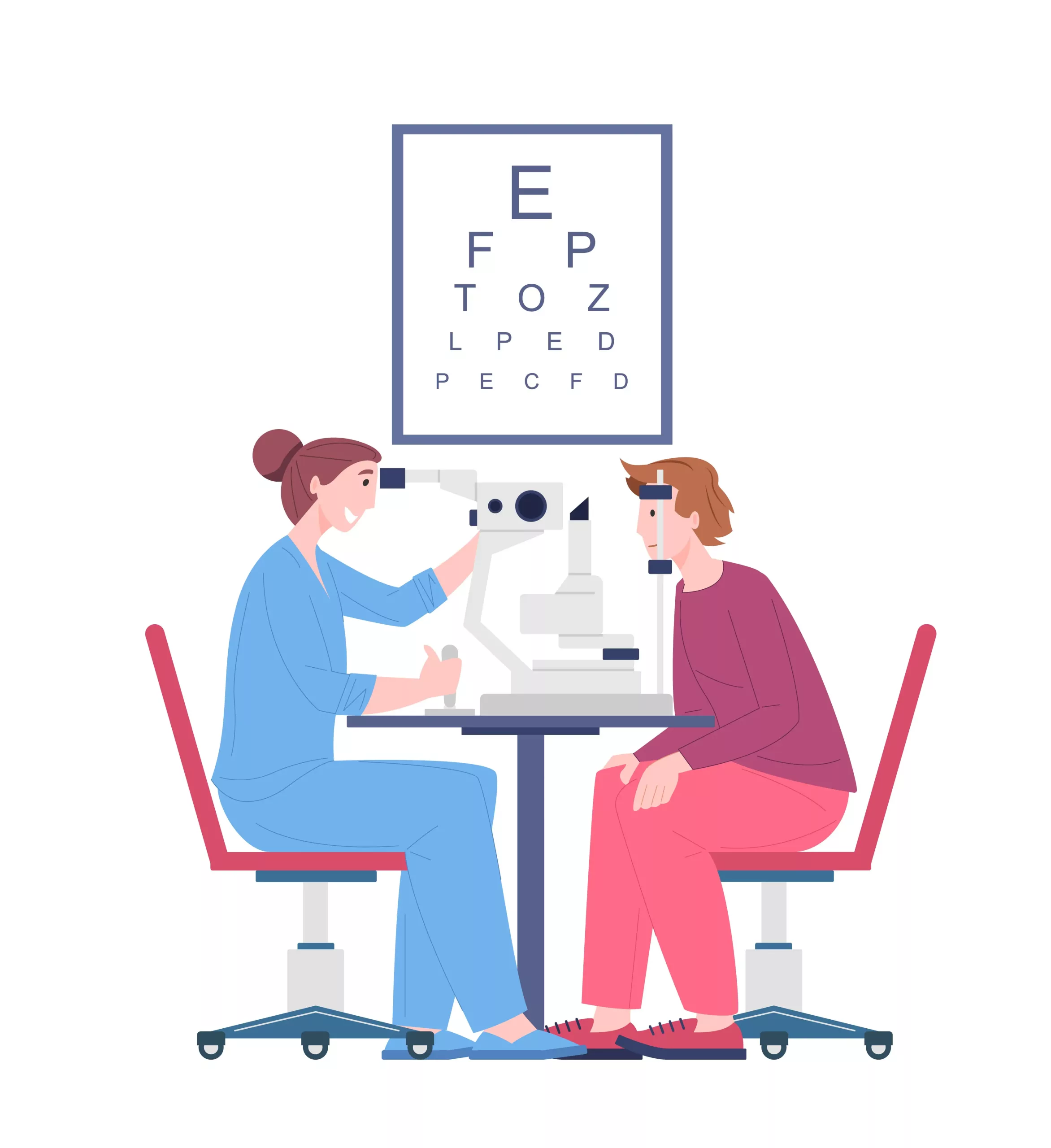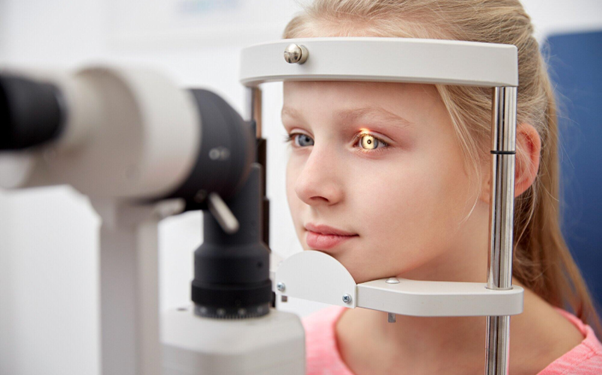Pterygium and pinguecula are two eye conditions that can affect people of all ages. These conditions may not be life-threatening. They can cause discomfort and potentially affect vision if left untreated.
It is essential to have a basic understanding of these conditions. This will make informed decisions about eye care and seek medical attention when necessary. Read below to learn essential facts about pterygium and pinguecula.
1. They Have Different Causes

Pterygium is believed to be caused by exposure to UV light, dry eyes, and environmental irritants such as dust and wind. It is often called “surfer’s eye” because it commonly affects individuals who spend much time outdoors without proper eye protection.
On the other hand, pinguecula is primarily caused by long-term exposure to UV light. This condition may also occur due to dry eyes or excessive sun exposure, especially in individuals who work outdoors.
While pterygium and pinguecula are tied to sun exposure and dry eyes, it’s important to note the differences in their causes. Pinguecula is more closely associated with aging, particularly affecting individuals over 40.
2. Both Conditions Have Similar Symptoms
Pterygium and pinguecula appear as small, raised bumps on the white of the eye. They can be yellow or white and may appear red or inflamed. These conditions typically occur on the side closest to the nose but can also develop on other eye parts.
Symptoms may include dryness, redness, itching, and a feeling of something in the eye. These symptoms may be more noticeable when exposed to irritants like wind, dust, or sunlight.
Understanding that these eye conditions can cause a grey spot on white of eye is crucial. This indicates their presence.
Both conditions originate from the conjunctiva. It is the thin layer covering the white part of the eye. This extends onto the cornea, the eye’s clear front surface.
They tend to grow slowly over time. The grey spot may seem insignificant at first, but as it grows, it can affect the shape of the eye and lead to astigmatism, blurred vision, or interfere with contact lens wear.
3. Treatment Options Vary

If caught early, pterygium and pinguecula can be managed through non-invasive treatments. This includes artificial tears, anti-inflammatory eye drops, and protective eyewear. In some cases, surgery may be necessary to remove the growths if they are causing discomfort or affecting vision.
For pterygium, surgical removal is usually recommended. This is if the growth is large, significantly affecting vision. However, after surgery, pterygium recurrence is common. Close follow-up with an eye doctor is essential.
Pinguecula generally does not need surgical intervention. In most cases, avoiding sun exposure can help manage this condition.
4. Lifestyle Modifications can help
Lifestyle modifications can also aid in preventing and managing pterygium and pinguecula. This includes wearing UV-protective sunglasses, using artificial tears to keep the eyes lubricated, and avoiding prolonged exposure to irritants such as dust or wind.
Regular visits to an eye doctor are also crucial for monitoring the growth of these conditions and addressing any vision changes. It is recommended that individuals with a family history of pterygium or pinguecula have regular eye exams and take necessary precautions to prevent these conditions from developing.
Knowing About Pterygium and Pinguecula
Understanding the signs of pterygium and pinguecula can help individuals seek timely treatment. It is possible to manage these conditions effectively and maintain good eye health. Early detection and proactive care are vital to keeping your eyes healthy.
Did you find this helpful? Don’t forget to visit our website and read more.

